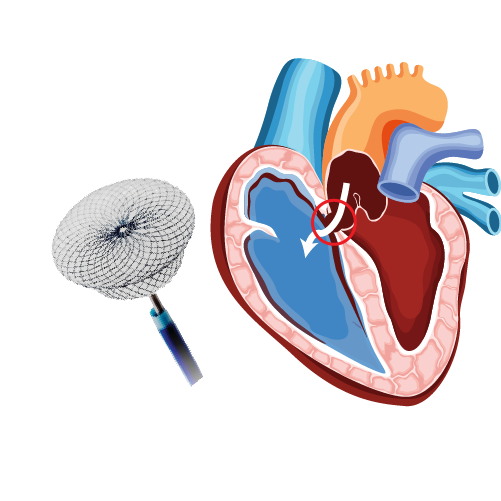How to Perform CPR the Right Way?
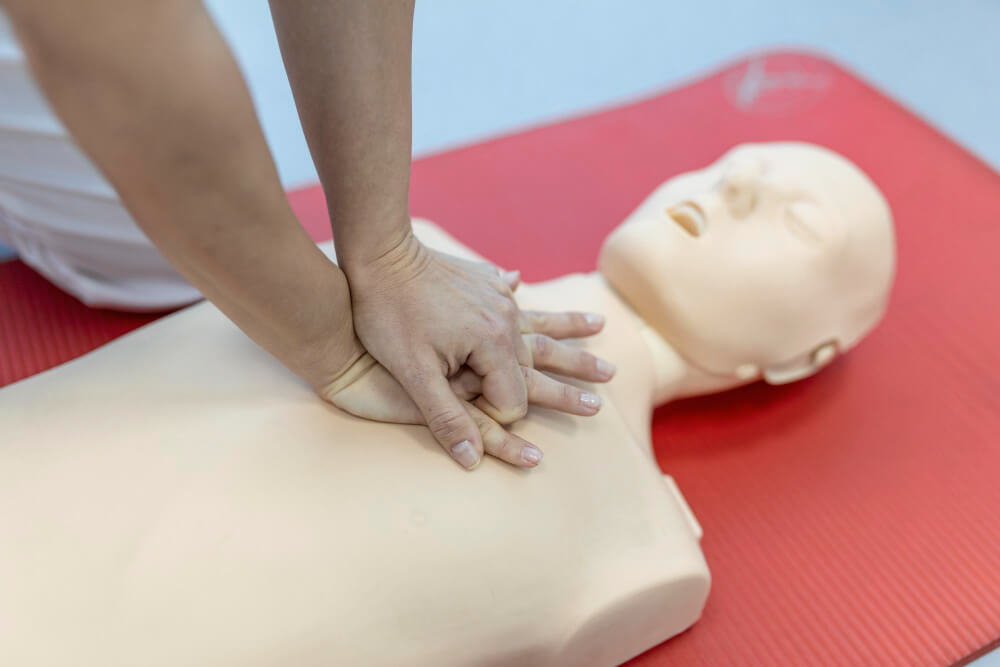

Cardiopulmonary resuscitation (CPR) is an emergency life-saving procedure performed on individuals experiencing cardiac arrest or sudden cardiac failure. CPR aims to manually keep the blood and oxygen flowing in the body until professional medical help arrives. It involves a combination of chest compressions and rescue breaths, which helps maintain the circulation and oxygenation of vital organs.
It is worth keeping in mind that CPR is an emergency procedure and isn’t a substitute for medical treatment. If you or anyone you know experiences a heart attack or sudden heart failure, it is a good idea to consult with the best cardiologists in India.
When Should You Perform CPR?
Performing CPR promptly can significantly increase the chances of survival for someone in cardiac arrest. It is crucial to recognize the signs of cardiac arrest, such as the absence of a pulse, unresponsiveness, and abnormal or no breathing. If you encounter a person who is unresponsive and not breathing normally or not at all, it is vital to initiate CPR immediately. Early intervention can make a substantial difference in saving a life.
10 Steps to Administer CPR
If you are unfamiliar with how to perform CPR, here is a step-by-step guide to help you get started:
1. Assess the Situation
Before starting CPR, ensure that the area is safe for you and the victim. Look for any potential dangers or hazards that could harm you or the person in need. If it is safe, proceed to the next step.
2. Check for Responsiveness
Tap the victim’s shoulder and shout, “Are you okay?” to check for any response. If they do not respond and are unresponsive, it is an indication to begin CPR.
3. Call for Help
If someone is around, instruct them to call emergency services (100 or the local emergency number) immediately. If you are alone, make the call yourself before starting CPR.
4. Open the Airway
Gently tilt the victim’s head back and lift the chin to open the airway. This helps ensure proper airflow during the rescue breaths.
5. Check for Breathing
Place your ear close to the victim’s mouth and nose, watching for chest rise and listening for breathing sounds. If there is no normal breathing or only gasping, it is necessary to proceed with CPR.
6. Begin Chest Compressions
Place the heel of your hand on the center of the victim’s chest, between the nipples. Interlock your fingers and position your shoulders directly over your hands. Push hard and fast, aiming for a rate of 100-120 compressions per minute. Allow the chest to fully recoil between compressions.
7. Give Rescue Breaths
After 30 compressions, give two rescue breaths. Pinch the victim’s nose shut, make a complete seal over their mouth with yours, and deliver a breath that causes visible chest rise. Each breath should last about one second. If the breaths do not cause chest rise, reposition the head and try again.
8. Continue Cycles of Compressions and Breaths
Perform cycles of 30 compressions and two breaths until professional help arrives or the person shows signs of life. If an automated external defibrillator (AED) is available, follow the device’s prompts and use it as soon as possible.
9. Don’t Interrupt CPR Unless Necessary
Minimize interruptions in chest compressions as much as possible. Interruptions can significantly affect the effectiveness of CPR and reduce the chances of survival.
10. Reach Out to a Heart Specialist
Once the patient is stable, make sure you take them to the nearest cardiologist for proper treatment. For instance, if you are in Hyderabad, it is a good idea to consult with a heart specialist in Hyderabad or nearby areas and get the treatment started at the earliest.
Conclusion
Knowing how to correctly perform CPR is a valuable skill that can save lives in emergencies. You can make a significant difference in increasing the chances of survival for someone experiencing cardiac arrest by administering CPR the right way. Consider taking a CPR training course to gain hands-on experience and further enhance your life-saving skills.
Dr. C Raghu is regarded as the best heart surgeon in Hyderabad and one of the best cardiologists in India. If you or anyone you know suffers from a heart condition, feel free to reach out to Dr. Raghu today.
Book Online Consultaion
How to Perform CPR the Right Way?
Subscribe the Hearty Life Blogs

DR. RAGHU | Best Cardiologist in Hyderabad
Cardiology Coronary, Vascular and
Structural Interventions
Conditions & Diseases
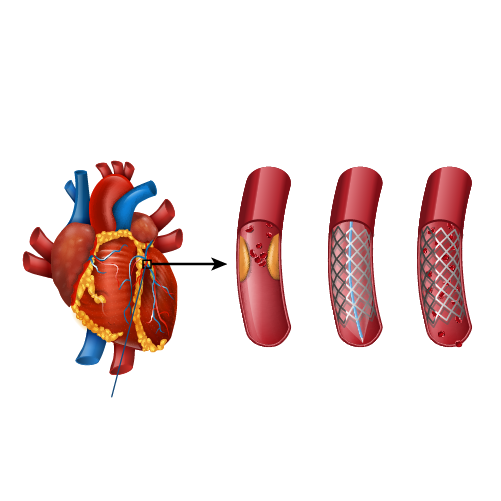
Angioplasty
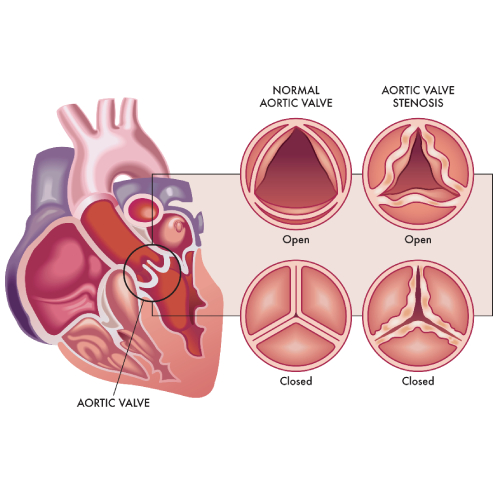
Aortic Stenosis
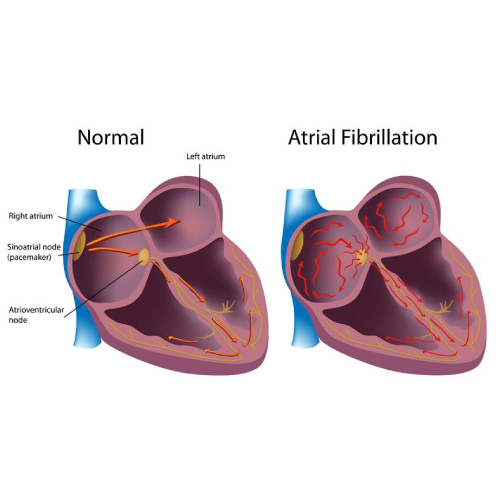
Atrial Fibrillation
